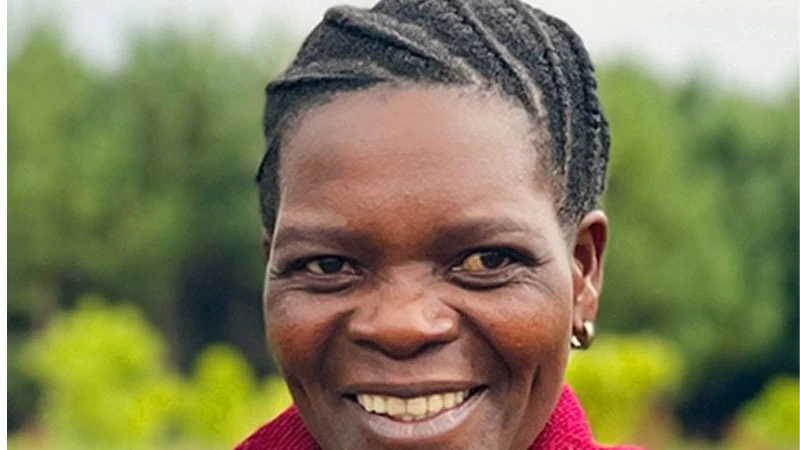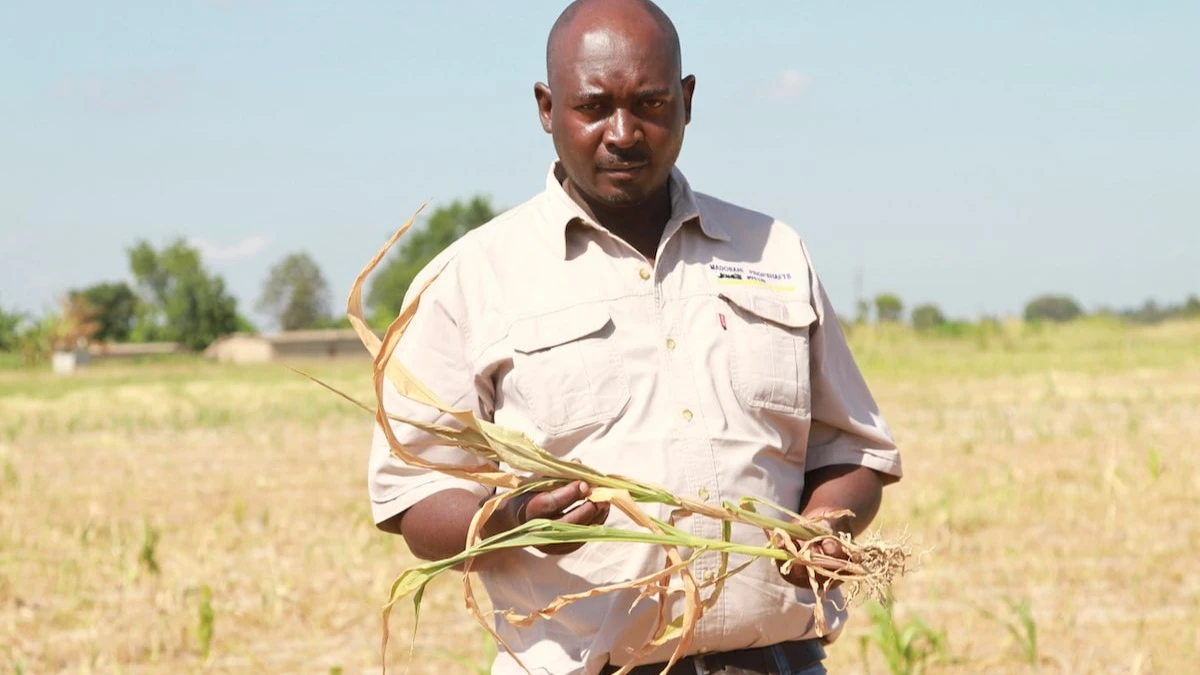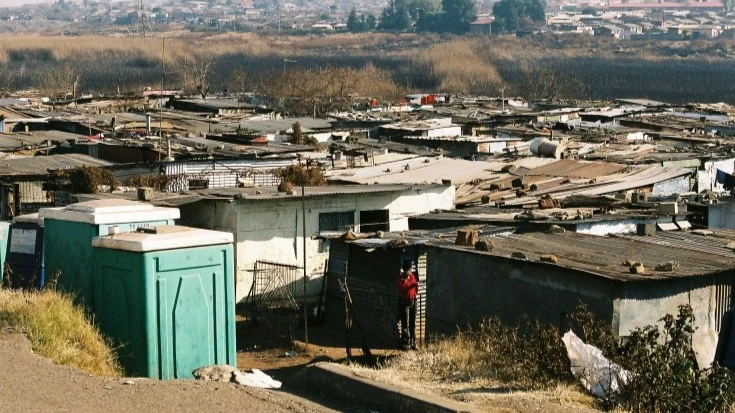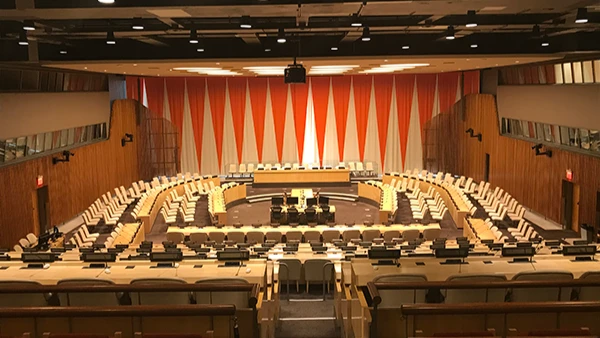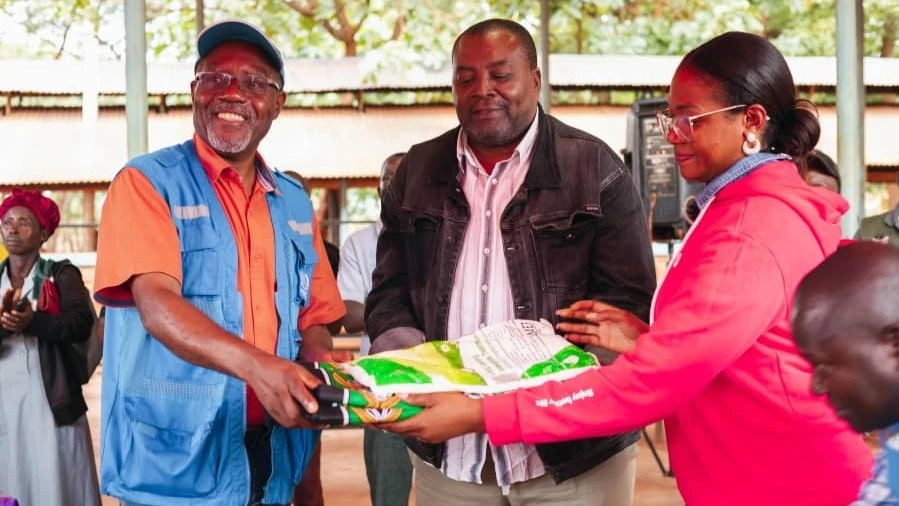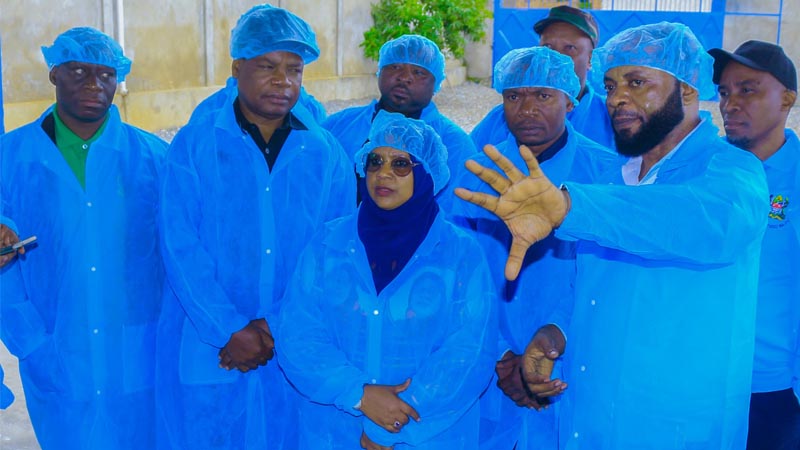Zanzibar slave market: A legacy of painful sufferings and resilience
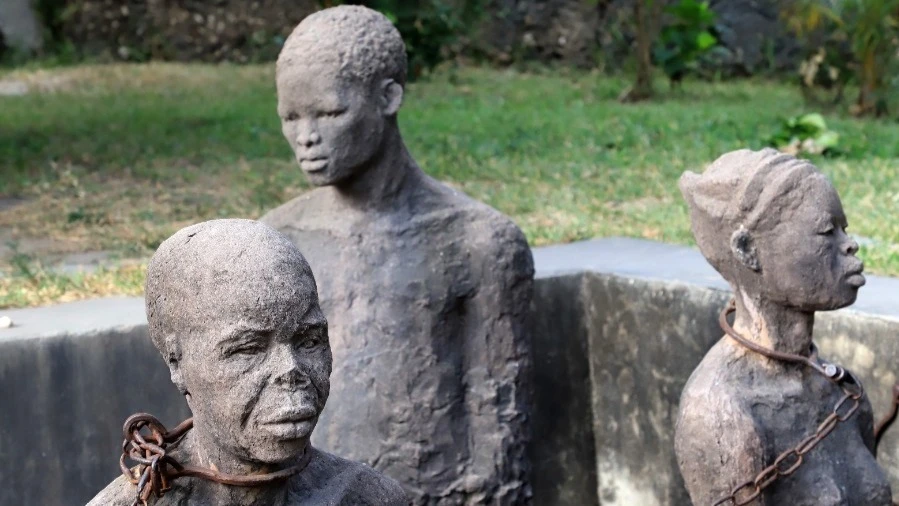
THE history of the African slave trade is a well-documented chapter of human suffering and humiliation. Among the most notorious centres of this trade was Zanzibar—an island that served as a significant transit point in East Africa for centuries.
Not only was Zanzibar the fulcrum of political and economic power along the eastern coast of Africa, but it also housed one of the largest slave markets in the region.
Slaves, captured from the mainland, were brought to Zanzibar in chains to be sold to different countries around the globe. Slaves endured gruelling journeys spanning thousands of miles from the hinterlands, often suffering horrific hardships.
Due to its central location, Zanzibar played a crucial role in the abolition of slavery, influencing illegal human trafficking practices both in Africa and globally. The East African slave market, infamous in the region, was ultimately closed by order of the Sultan in 1873.
In 1879, the Anglican Cathedral of Christ’s Church was constructed on the exact spot where the slave trade had operated. Its altar was placed precisely where slaves were once whipped and then displayed for sale.
The church stands as a symbolic monument to emancipation from the oppressive rule of Arab traders along the eastern coast, who inflicted severe injuries and suffering on Africans. Its design holds immense cultural, historical, and moral significance, not only for East Africa but also on an international scale.
Today, visitors walking through the narrow, winding streets toward the former marketplace in Mkunazini, located on the eastern side of Old Stone Town in Zanzibar, will eventually come upon the historic church. This church, the first of its kind constructed in East Africa, stands as a testament to the resilience of those who suffered under Muslim-Arab dominance.
The church, towering and brownish in colour, was erected under the orders of Sultan Sayyid Majid. Designers placed the altar at the exact location where slaves were displayed for sale and whipped to test their physical strength.
As recounted by Salim Othman Juma, a tour guide at the site, slaves were lined up in order of size, tied to a tree, and whipped with a stinging branch to gauge their resilience. Those who did not cry or faint fetched higher prices at the market.
Such stories serve as a poignant reminder of the cruelty faced by marginalized Africans, leaving a lasting impression on the consciousness of those who hear them.
The former whipping tree is marked by a white marble circle at the altar, surrounded by red marks symbolizing the bloodshed of slaves. Slaves were transported aboard dhows from the mainland, packed so tightly that many fell ill and died or were thrown overboard during transit.
Many more perished from severe beatings, compounded by the lack of proper nourishment to make them appear strong. They were often forced to trek long distances, carrying heavy loads of ivory tusks from countries such as the Democratic Republic of Congo, Zambia, and Mozambique.
Adjacent to the church is the exhibition of the slave market of Eastern Africa, which displays photographs and historical information about the trade. There is also an underground tunnel where newly arrived slaves were kept, often in darkness and without adequate food for days, leading many to die of starvation and suffocation.
The church, now 145 years old, is notable for its Saracenic architectural design, with construction methods that pushed the limits of local coral stone techniques. Black cobblestones on the floor of the church serve as a somber reminder of the dungeons once used to imprison slaves.
Edward Steere, the first bishop of the church and a significant figure in Zanzibari history, wrote a Swahili handbook in 1885. He was born in England in 1829 and passed away in 1882. He is buried behind the high altar inside the cathedral.
A visit to the site reveals a stone monument created by Scottish artist Clara Solnas in 1997. The monument depicts five Africans chained by their necks, representing the severe betrayal and suffering of those sold into slavery.
Today, the location of the former slave market is one of the most popular sites in Old Stone Town, which was listed as a UNESCO World Heritage Site in 2000. The place attracts over 100,000 visitors annually.
The legacy of the slave trade in Zanzibar is commemorated each year on the UN International Day of Remembrance of the Victims of the African Slave Trade, observed in March.
A section of Old Stone Town has been set aside for this remembrance, marking it as a site of African suffering. The Revolutionary Government of Zanzibar has preserved this area to remind the world of the darkest chapters in history, where the dignity and respect of Africans were brutally stripped away. In May of this year, a foundation stone was installed by President Hussein Ally Mwinyi as a symbol of reconciliation and remembrance.
The city’s slave trade, driven by Europeans, Indians, Arabs, and local leaders, eventually came to an end. Zanzibar became a focal point in the campaign against slavery, led by Scottish explorer David Livingstone and other activists in the late 19th century.
From the end of the 15th century, the Portuguese controlled Zanzibar for nearly two centuries until they were expelled, and the island became part of the Oman Sultanate in 1698. Under Omani control, the trade of slaves, ivory, and spices flourished.
By the 19th century, the Zanzibar Sultanate had emerged as the primary slave market in Eastern Africa, thanks to its strategic location in the Indian Ocean. It is estimated that between 1830 and 1873, approximately 600,000 people were sold as slaves, with many more dying in the process.
Top Headlines
© 2025 IPPMEDIA.COM. ALL RIGHTS RESERVED


